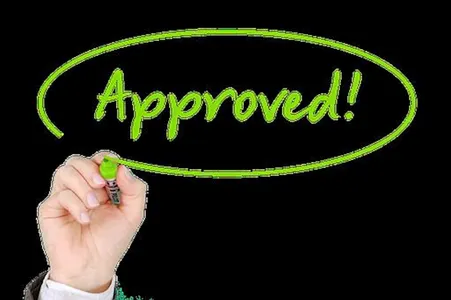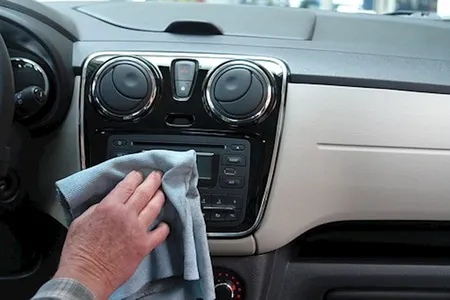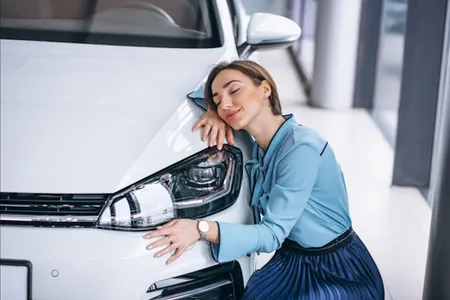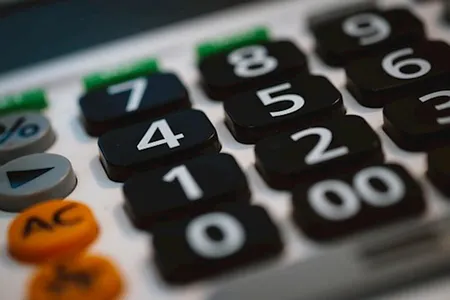For most drivers, a regular insurance policy is considered ample coverage to cover the car in case of an accident. However, if you owe more on your car loan than the car is actually worth you might consider Gap insurance, or what is more commonly called “GAP Protection”. Gap insurance helps pay the costs in the "gap" between what you owe on a car and what it's currently worth.
GAP is protection against any negative equity on the value of your car, especially at the beginning of the car loan. Typically, when you buy a new or used car you put some money as a down payment. How much to put down varies from car to car and you have to take into account your budget. Typically, taxes, license, registration, and any extended warranties or service plans that you might buy will be added to the final price of the car purchase. If you were to finance the total amount, including those fees, you would be financing more than the car is technically worth and you would be upside-down on your loan because those features and fees don’t add value to the car itself.
The danger here is that you will owe more on the loan than the car is worth. If you were to be in an accident or theft of the car, the insurance will only pay you what the car is worth and not what you actually owe. GAP protection is insurance that covers the difference of what you “owe” on the car and what it is “worth”. This would help you cover expenses in the case of a total loss of your vehicle.
Now, to answer the question, “Do you need GAP insurance?” The answer is not complicated. GAP insurance is only necessary if your car loan is more than the value of the car. Gap coverage exists to protect 2 specific types of drivers against the costs of a total loss:
- those who are financing
- those who are leasing
If you own your car free and clear or owe less on your loan than the car is worth, you don't need gap insurance.












